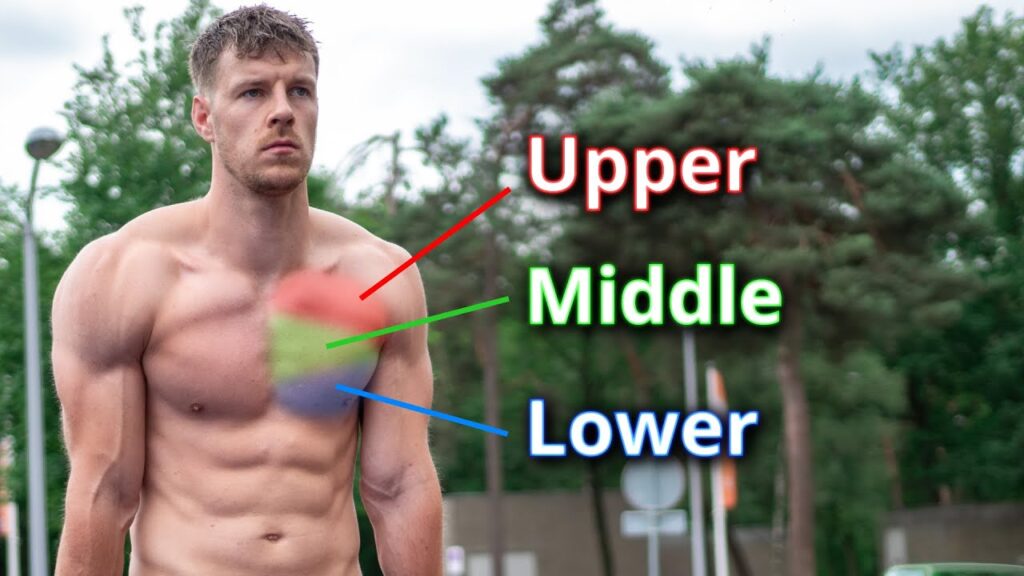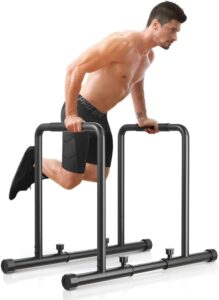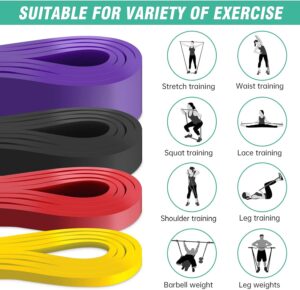
If you’re looking to build muscle in your chest, look no further than calisthenics. Calisthenics chest workouts offer a multitude of benefits when compared to traditional weightlifting routines. Not only do they help you develop strength and muscle mass, but they also improve your overall stability and flexibility. In this article, we’ll explore five effective calisthenics chest workouts that will help you achieve your muscle-building goals. So get ready to break a sweat and unleash your pecs with these challenging and engaging exercises.
Benefits of Calisthenics Chest Workouts
Calisthenics chest workouts offer a range of benefits that can help you build strength, increase muscle activation, and improve overall body control and coordination. Here are some key advantages of incorporating calisthenics chest workouts into your fitness routine:
Increased muscle activation
One of the main benefits of calisthenics chest workouts is that they activate multiple muscles in the chest, including the pectoralis major and minor, as well as the deltoids and triceps. By engaging these muscles, you can effectively target and strengthen your chest, helping to improve muscle definition and overall upper body strength.
Improves functional strength
Unlike traditional chest workouts using weights or machines, calisthenics chest exercises focus on functional strength and movement patterns that mimic real-life activities. By performing exercises such as push-ups and dips, you develop strength that translates directly into everyday tasks, such as pushing or lifting objects. This functional strength can enhance your overall athletic performance and make daily activities easier and more efficient.
No equipment needed
One of the great advantages of calisthenics chest workouts is that they can be done with little to no equipment. Many exercises, such as push-ups and dips, only require your bodyweight, making them accessible and convenient for anyone, anywhere. This means you can perform these exercises at home, in a park, or even while traveling, without the need for a gym or specialized equipment.
Minimal risk of injury
Since calisthenics chest workouts mainly rely on bodyweight exercises, there is a minimal risk of injury compared to weightlifting or using heavy machinery. These exercises allow for natural movement patterns, reducing the chances of straining or overloading specific muscles or joints. However, it is essential to maintain proper form and technique to ensure safe and effective training.
Enhances body control and coordination
Calisthenics chest workouts require a high degree of body control and coordination. As you perform exercises like push-ups and dips, you engage multiple muscle groups simultaneously, which promotes better coordination between these muscles. This improvement in body control and coordination can extend beyond your chest and upper body, positively impacting your overall athletic performance and physical well-being.
Choosing the Right Calisthenics Chest Exercises
When it comes to calisthenics chest workouts, choosing the right exercises is crucial to ensure maximum effectiveness and safety. Here are some key factors to consider when selecting exercises for your chest workout routine:
Consider your fitness level
Before diving into a calisthenics chest workout routine, it is essential to assess your fitness level. Beginners may benefit from starting with more basic exercises like standard push-ups and gradually progressing to more challenging variations. Intermediate and advanced individuals can incorporate more complex exercises such as plyometric push-ups or chest dips. By gradually increasing the difficulty level, you can continue to challenge your muscles and make progress over time.
Focus on compound movements
To maximize the benefits of your calisthenics chest workout, focus on compound movements that engage multiple muscle groups simultaneously. Compound exercises, such as push-ups and dips, not only target the chest but also involve the shoulders, triceps, and core muscles. This engagement of multiple muscles leads to greater overall strength development and increased muscle activation.
Vary the difficulty
To prevent plateaus and keep your workouts challenging, it is essential to vary the difficulty of your exercises. Start with easier variations and gradually progress to more challenging ones as your strength and skill improve. For example, if you can easily perform standard push-ups, you can try incline push-ups or diamond push-ups to increase the intensity and target different areas of the chest. By incorporating a variety of difficulty levels, you can continue to challenge your muscles and stimulate growth.
Full range of motion
Executing exercises with a full range of motion is crucial for maximizing muscle development and preventing imbalances. When performing chest exercises like push-ups or dips, aim to lower yourself until your chest touches the ground or your arms reach a 90-degree bend. This full range of motion ensures that you engage all the muscles involved in the movement and promotes balanced muscle development.
1. Push-Ups
Push-ups are a classic calisthenics exercise that effectively targets the chest, shoulders, triceps, and core muscles. Here are some different variations of push-ups that you can incorporate into your chest workout routine:
Standard Push-Ups
The standard push-up is the fundamental variation that targets the entire chest area along with the shoulders and triceps. Start in a plank position with your hands slightly wider than shoulder-width apart. Lower your body until your chest almost touches the ground, and then push back up to the starting position. Ensure that your body remains in a straight line throughout the movement, engaging your core muscles for stability.
Wide Push-Ups
This variation of push-ups places more emphasis on the outer chest muscles. Position your hands wider than shoulder-width apart, with your fingers pointing forward or slightly outward. Lower yourself down while keeping your elbows out to the sides, and then push back up. The wider hand placement increases the range of motion and activates the chest muscles from a different angle.
Diamond Push-Ups
Diamond push-ups target the inner chest muscles and place greater emphasis on the triceps. Begin in a traditional push-up position, but place your hands close together, forming a diamond shape with your thumbs and index fingers. Lower yourself down while keeping your elbows close to your body, and then push back up. The narrow hand placement engages the muscles in the center of your chest, resulting in a more intense workout.
Incline Push-Ups
Incline push-ups are an excellent variation for beginners or individuals with less upper body strength. Find an elevated surface, such as a bench or a sturdy table, and place your hands on it, slightly wider than shoulder-width apart. Walk your feet backward and position your body at an incline, with your hands pressing against the elevated surface. Lower your body until your chest almost touches the surface, and then push back up. Incline push-ups reduce the amount of bodyweight you are lifting, making the exercise easier while still targeting the chest muscles.
Decline Push-Ups
Decline push-ups challenge both the chest muscles and the upper chest. Find an elevated surface, such as a stable chair or a step, and place your feet on it while assuming the standard push-up position. With your feet elevated, your body will be at a decline, increasing the workload on your chest muscles. Lower your body down until your chest almost touches the ground, and then push back up. Decline push-ups help to strengthen the upper chest and provide a more challenging workout for the chest muscles.
2. Dips
Dips are another highly effective calisthenics exercise for targeting the chest, triceps, and shoulders. They can be performed on parallel bars, a bench, or even rings. Here are some variations of dips you can incorporate into your chest workout routine:
Parallel Bar Dips
Parallel bar dips are one of the most common variations of dips and offer an intense workout for the chest, triceps, and shoulders. Place your hands on parallel bars, with your palms facing down and your arms fully extended. Lower your body by bending your elbows, keeping your chest upright and your elbows close to your sides. Once your shoulders are parallel to your hands or slightly lower, push back up to the starting position. Focus on maintaining a controlled movement and engaging your chest and triceps throughout the exercise.
Bench Dips
Bench dips are a convenient dip variation that can be done with readily available equipment. Position yourself facing away from a bench or stable elevated surface. Place your hands on the edge of the bench, shoulder-width apart, and extend your legs forward. Lower your body by bending your elbows until your upper arms are parallel to the floor or slightly lower, and then push back up. Bench dips primarily target the chest and triceps, with less emphasis on the shoulders compared to parallel bar dips.
Ring Dips
Ring dips require a high level of stability and coordination, making them a challenging variation for the chest and triceps. Hang gymnastic rings securely from an overhead bar or other sturdy structure. Grip the rings firmly, with your palms facing inward, and extend your arms fully. Lower your body by bending your elbows, maintaining control and stability throughout the movement. Once your shoulders are parallel to your hands or slightly lower, push back up. Ring dips engage more stabilizing muscles and provide an additional challenge to your chest workout routine.

This image is property of i.ytimg.com.
3. Chest Dips
While regular dips primarily target the triceps, incorporating specific variations of chest dips can help place greater emphasis on the chest muscles. Here are some chest dip variations that can be incorporated into your chest workout routine:
Chest Dips on Parallel Bars
Performing dips on parallel bars with a slight forward lean can increase the activation of the chest muscles. Position yourself in the parallel bar dip position but lean slightly forward, focusing on squeezing your chest as you lower your body and push back up. This forward lean targets the chest muscles and can help develop greater strength and muscle definition.
Chest Dips on Rings
Performing chest dips on rings adds an extra challenge due to the instability and increased range of motion. Hang the rings securely from an overhead bar or other sturdy structure, and grip them firmly with your palms facing inward. Lower your body down while maintaining stability and control, and then push back up. The unstable nature of the rings requires greater engagement of the chest muscles and enhances overall muscle activation.
Chest Dips using Parallel Dip Bars
Parallel dip bars offer stability and support while allowing for a greater range of motion compared to regular parallel bars. Place your hands on the parallel dip bars, shoulder-width apart, and extend your arms fully. Lower your body by bending your elbows until your chest almost touches the bars or your arms reach a 90-degree bend. Push back up to the starting position, engaging your chest and triceps throughout the movement. Chest dips using parallel dip bars provide a challenging workout for the chest muscles, helping to increase strength and muscle definition.
4. Plyometric Push-Ups
Plyometric push-ups, also known as explosive push-ups, are a dynamic variation of the traditional push-up that targets not only the chest but also explosiveness and power. These exercises require engaging multiple muscles simultaneously and can enhance your strength, speed, and coordination. Here are some plyometric push-up variations you can incorporate into your chest workout routine:
Clapping Push-Ups
Clapping push-ups are a challenging and explosive variation of push-ups that require a quick and powerful push-off from the ground. Start in a standard push-up position and lower your body down just like in a regular push-up. As you push back up, explode upwards, clapping your hands together before landing back down with control. The explosive nature of clapping push-ups engages fast-twitch muscle fibers, boosting upper body power and explosiveness.
Explosive Plyo Push-Ups
Explosive plyo push-ups are similar to clapping push-ups but involve pushing off the ground with enough force to lift your entire upper body off the ground momentarily. Begin in a standard push-up position and lower your body down like in a regular push-up. As you push back up, explode with enough power to lift both your hands and feet off the ground simultaneously. This explosive movement targets the chest, shoulders, and core muscles and helps improve overall upper body explosiveness.
One-Arm Plyo Push-Ups
One-arm plyo push-ups take plyometric push-ups to the next level by challenging your chest, shoulders, and core with increased instability. Assume a standard push-up position and shift your body weight onto one hand while slightly rotating your body to the side. Lower your body down with control on one arm and explosively push back up, lifting the opposite arm off the ground. This exercise requires significant upper body strength and stability, targeting the chest muscles while enhancing core activation and coordination.
5. Plyometric Dips
Similar to plyometric push-ups, plyometric dips are explosive variations of dips that can further challenge your chest, triceps, and shoulder muscles. Incorporating these exercises into your chest workout routine can help improve upper body strength and power. Here are some plyometric dip variations to consider:
Clapping Dips
Clapping dips are an advanced calisthenics exercise that involves explosive power from the bottom to the top position of the dip. Begin in a dip position with your hands on parallel bars and your body suspended in the air. Lower yourself down into the dip position, then explode upward with enough force to clap both hands together before returning to the starting position. Clapping dips require great upper body strength and explosiveness, engaging the chest, triceps, and shoulders.
Explosive Plyo Dips
Explosive plyo dips involve pushing off forcefully at the bottom of the dip exercise to lift your entire body off the bars momentarily. Assume the dip position with your hands on parallel bars and your body suspended in the air. Lower yourself down to the maximum depth of the dip, then explode upward with enough power to lift your hands off the bars, momentarily suspending your body in the air. This explosive movement targets the chest, triceps, and shoulders, developing upper body strength and power.
One-Arm Plyo Dips
One-arm plyo dips are an advanced variation that targets the chest, triceps, and shoulders while requiring exceptional stability and upper body strength. Begin in a dip position with your hands on parallel bars and your body suspended in the air. Shift your body weight onto one hand and slightly rotate your body to the side. Lower yourself down into the dip position on one arm, then explosively push back up, lifting your opposite arm off the bar. This exercise challenges your upper body strength, stability, and coordination, providing an intense workout for the chest muscles.
Key Considerations for Chest Workouts
To make the most of your calisthenics chest workouts, it is important to keep the following factors in mind:
Proper form and technique
Maintaining proper form and technique is essential to ensure effective and safe chest workouts. Pay attention to your body’s alignment during exercises, keeping your spine neutral and shoulders stable. Avoid arching or rounding your back, and engage your core muscles for stability. Performing exercises with proper form not only minimizes the risk of injury but also maximizes muscle activation and development.
Progressive overload
To continue making progress and challenging your muscles, it is important to gradually increase the difficulty of your exercises. This can be achieved through various methods, such as increasing repetitions, decreasing rest periods, incorporating advanced variations, or using additional resistance (e.g., weight vests or resistance bands). Progressive overload stimulates muscle growth and ensures ongoing improvement in strength and performance.
Rest and recovery
Allowing your muscles adequate time to rest and recover is crucial for optimal chest workout results. Overtraining or not giving your muscles enough time to recover can lead to decreased performance, increased risk of injury, and limited muscle growth. Ensure that you incorporate rest days into your weekly training schedule and prioritize quality sleep and nutrition to support muscle recovery and growth.
Balanced training routine
While calisthenics chest workouts are beneficial, it is vital to maintain a balanced training routine that targets all major muscle groups. Neglecting other muscle groups can result in muscle imbalances, which may lead to poor posture, increased risk of injury, and limited overall progress. Include exercises for your back, shoulders, legs, and core to achieve a well-rounded and balanced physique.
Common Mistakes to Avoid
To make the most of your calisthenics chest workouts and avoid potential setbacks, keep these common mistakes in mind:
Incorrect form
Performing exercises with incorrect form can lead to inefficient muscle activation, increased risk of injury, and limited progress. Always prioritize proper form and technique over the number of repetitions or the difficulty level of the exercise. If you are unsure about proper form, consider seeking guidance from a qualified fitness professional or utilizing instructional videos to ensure proper execution.
Neglecting full range of motion
Failing to perform exercises through a complete range of motion can limit the effectiveness of your workouts and hinder overall muscle development. Avoid cutting corners or shortening your range of motion during chest exercises. Focus on lowering yourself down until your chest almost touches the ground or your arms reach a 90-degree bend, allowing for full engagement of the target muscles.
Lack of progressive overload
Without progressively challenging your muscles, they can adapt to the same stimulus, resulting in a plateau in strength and muscle gains. To prevent this, gradually increase the difficulty of your exercises as your strength and skill improve. Incorporate new variations, increase resistance, or modify rest periods to challenge your muscles and continue making progress.
Overtraining
While consistency is key to achieving your fitness goals, overtraining can be counterproductive. Pushing your muscles beyond their limits without proper rest and recovery can hinder progress, increase the risk of injury, and negatively impact overall performance. Pay attention to your body’s signals and ensure that you allow for adequate rest and recovery to reap the benefits of your training.
Not listening to your body
Everyone’s body is unique, and it is essential to listen to your body’s signals to prevent injury and optimize performance. If you experience pain or discomfort during exercises, it is important to identify the cause and address it promptly. Adjust your training intensity, modify exercises, or seek professional advice if needed. By listening to your body, you can ensure a safe and effective calisthenics chest workout experience.
Conclusion
Calisthenics chest workouts offer numerous benefits, including increased muscle activation, improved functional strength, convenience, reduced risk of injury, and enhanced body control and coordination. By carefully selecting the right exercises for your fitness level and varying the difficulty, you can create an effective chest workout routine. Incorporating exercises such as push-ups, dips, plyometric variations, and chest dips can challenge your muscles and help you achieve your desired results. Remember to prioritize proper form, progressive overload, rest and recovery, and maintain a balanced training routine. Avoid common mistakes such as incorrect form, neglecting full range of motion, lack of progressive overload, overtraining, and not listening to your body. With these considerations in mind, you can optimize your calisthenics chest workouts and achieve a stronger, more defined chest.





